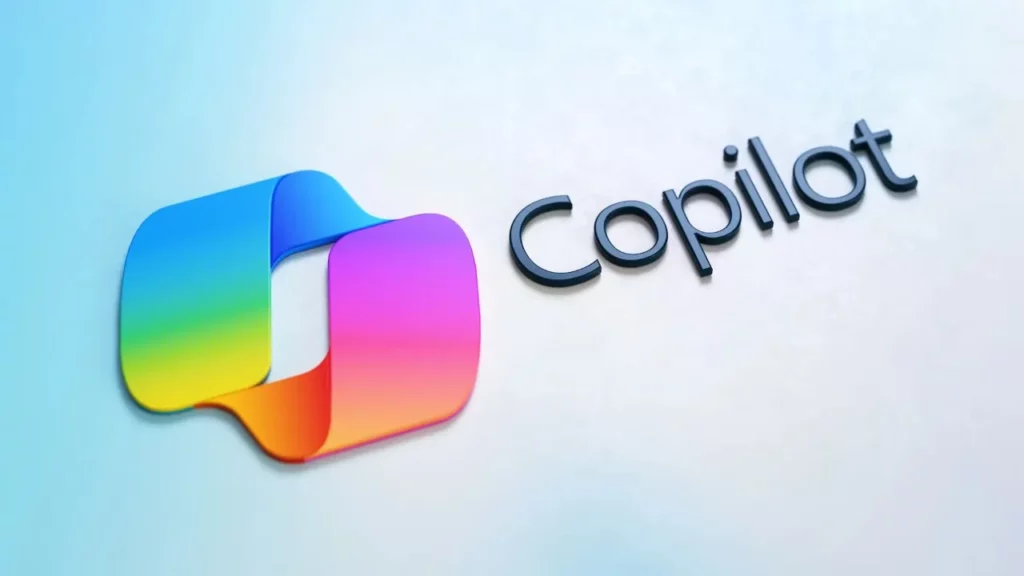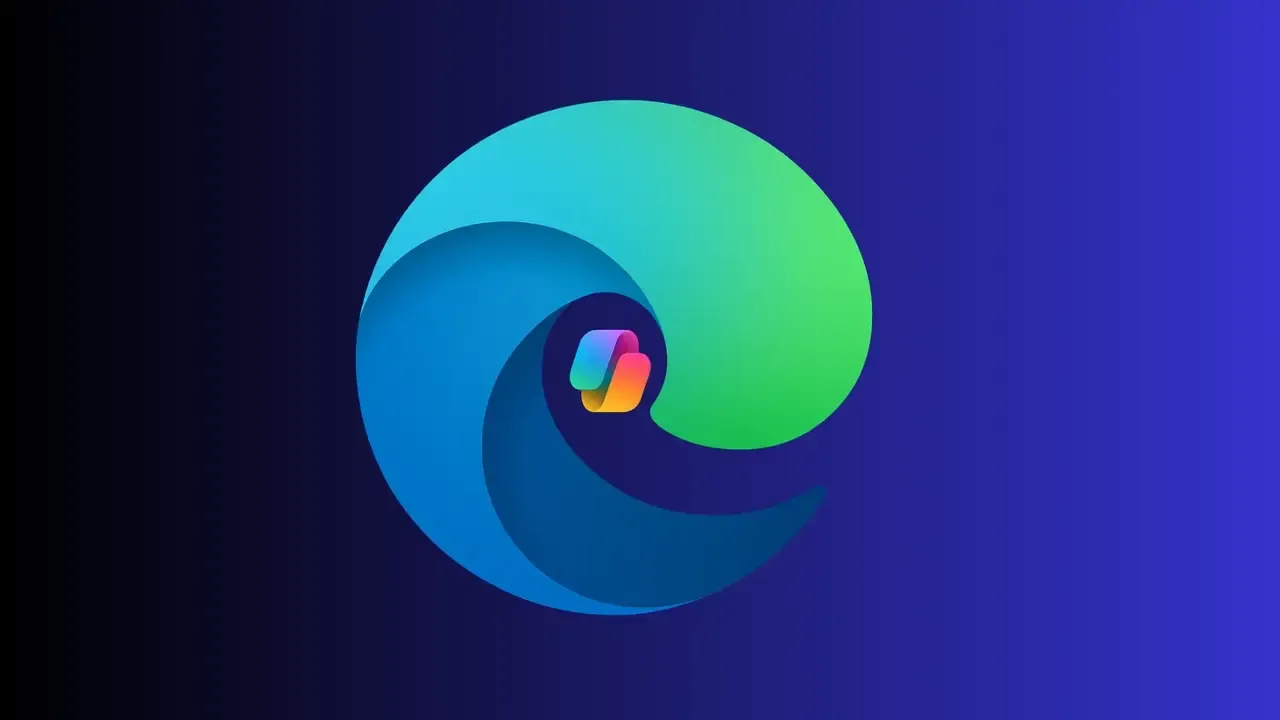Edge Copilot is here, and Microsoft is calling it a new chapter for its browser. Built into Edge, this mode adds AI‑driven tools designed to guide users, answer questions, and reshape how people interact with the web.
Edge Copilot changes how browsing feels

With Edge Copilot, the browser no longer just displays pages. It can generate summaries, rewrite text, and even suggest actions based on what you’re viewing. Microsoft wants people to see it as a partner in everyday browsing, whether that’s preparing research notes, fine‑tuning an email, or breaking down long articles.
The company is pitching this as a way to bring advanced AI into routine habits without forcing users to switch between apps. That could make Edge Copilot more than a novelty it’s a reason to stay inside Microsoft’s ecosystem.
Microsoft announced Copilot Actions!
How Copilot works inside Edge
Edge Copilot sits in the sidebar, always a click away. Users can ask it questions about the current page, draft documents, or brainstorm ideas. Microsoft says this AI mode draws on the Gemini‑style large models that power Bing Chat, but with tighter integration into the browser.
Edge Copilot can also re‑level text to fit different reading levels, create tables from data on a site, and even pull out highlights in a study‑friendly way. These features aim to show students, professionals, and casual users that the browser itself can handle tasks that once required separate apps.
Microsoft’s push with AI browsers
The timing of Edge Copilot is no accident. Google is weaving Gemini into Chrome, and Opera has been experimenting with its own AI helpers. Microsoft wants to prove it can lead, not follow, in turning browsers into platforms for smart assistants.
Critics argue that bundling AI this tightly could blur the line between search and browsing. Still, Microsoft’s bet is that convenience will win and that Edge Copilot can lock in users before they drift back to Chrome.
What Edge Copilot means for users
Edge Copilot isn’t just about flashy features. For people who write reports, prep lessons, or study online, the AI promises speed and context. Imagine asking for a quick quiz on a webpage’s material, or stripping jargon from a legal document in seconds. Microsoft hopes those use cases stick.
Even so, not everyone wants AI riding shotgun while they browse. Questions around data use, privacy, and accuracy remain. Microsoft has not offered much detail on how user data feeds back into training, which leaves some wary.
The browser wars just found a new front
Edge Copilot shows how far Microsoft is willing to push AI into its software. The company spent years fighting to keep people on Edge. Now it wants AI to be the hook that finally works. Whether users see it as helpful or overbearing will decide if it becomes the standard or just another push that fizzles.













